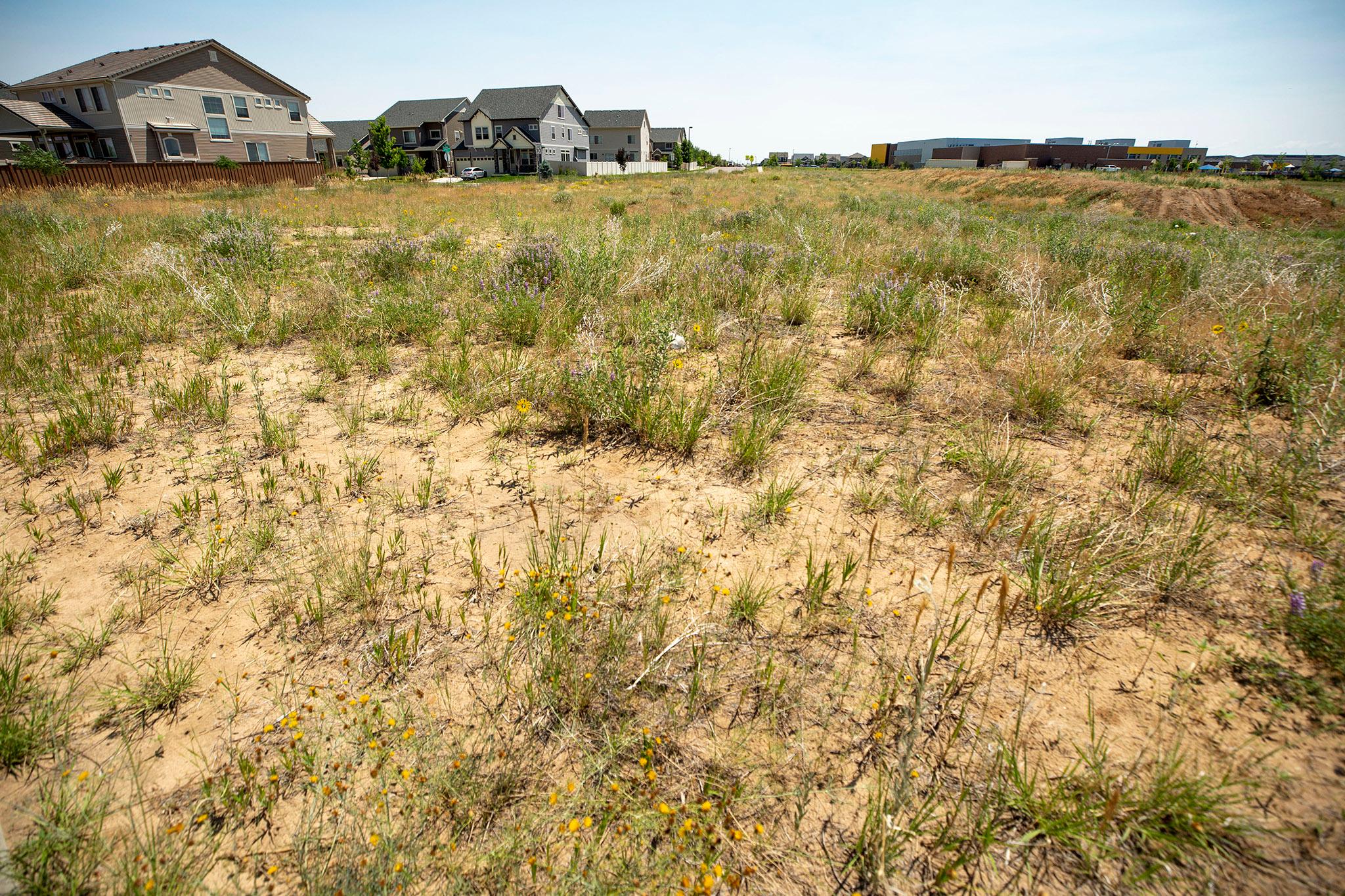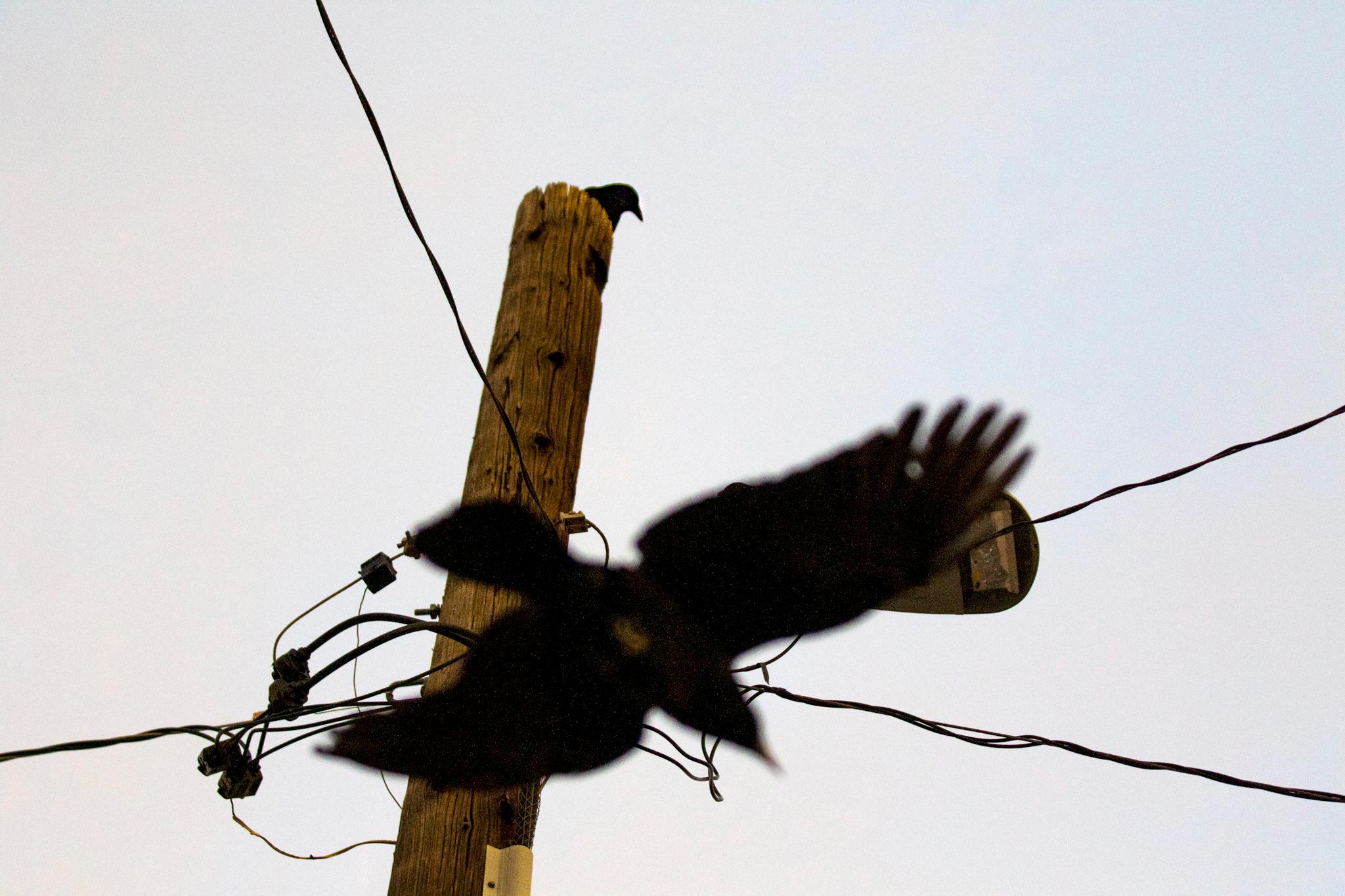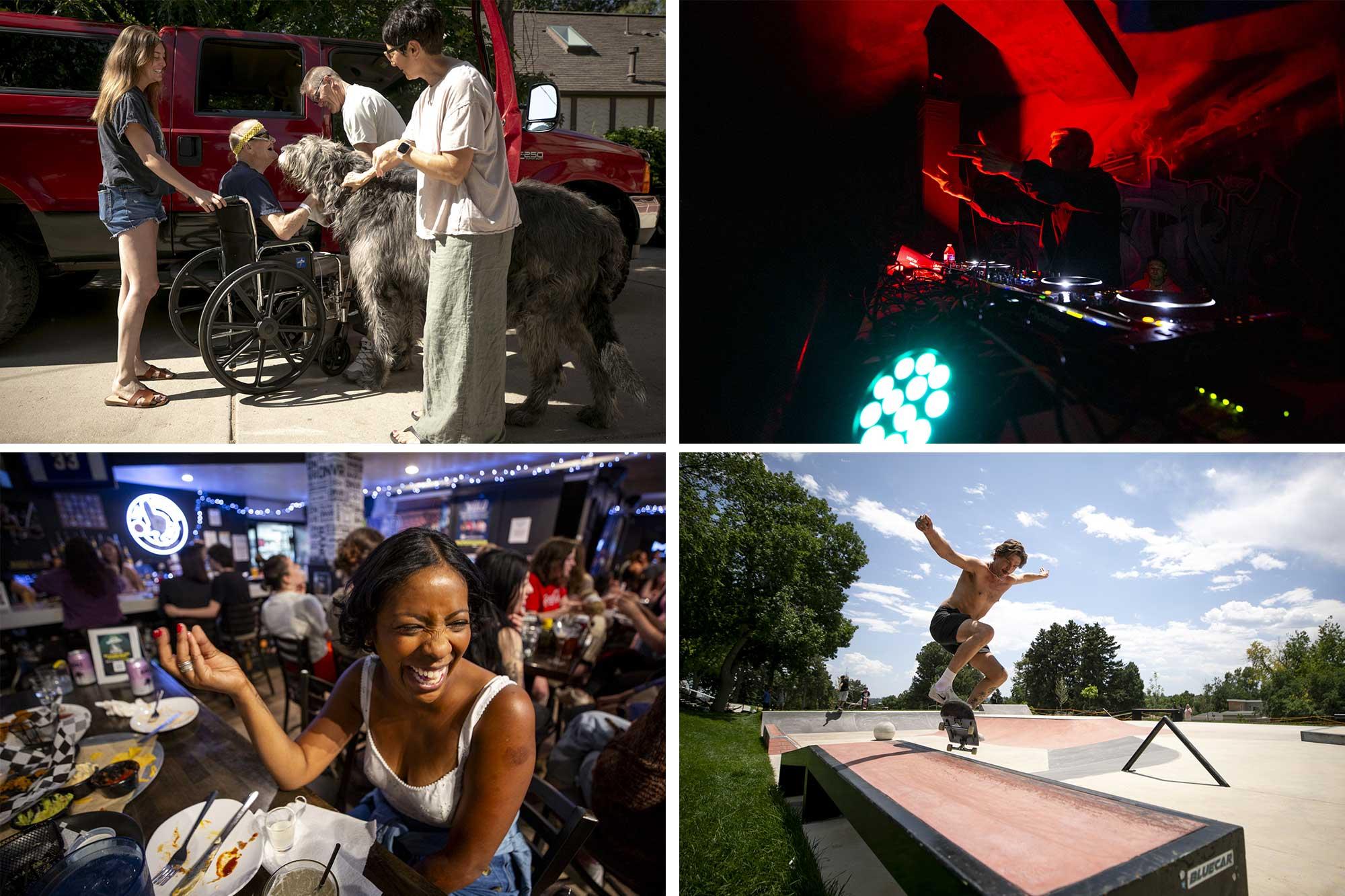With some 115,000 or so newcomers arriving in Denver over the past decade, developers are scrambling to build enough housing for everyone.
Much of this new development is taking place in parts of the metro area where rural grasslands and urban areas connect. These are some of the places where wildfires are most likely to start within the metro area, according to a Colorado State Forest Service map.
Many of the new suburban-style houses east of Denver are made of wood. Some are packed close together. These homes are cheaper than those nearer to the city center -- where risks of a multi-structure fire are lower, though certainly not nil.
Some of those new Denver developments look a lot like the areas that burned down in the Marshall Fire, which torched nearly 1,000 homes in Louisville, Superior and unincorporated Boulder County and left thousands unhoused in late December.
The Marshall Fire surprised many people who assumed devastating wildfires were largely a problem for people living in the mountains and not suburban areas in the plains.
Yet many developers and architects have been thinking about these dangers for years. Looking beyond the state's borders to California, they've seen infernos blaze through suburban areas at lower elevations and have often considered what would happen if that occurred in Colorado.
The architectural process includes assessing risks and costs, said architect Paul Brady of Godden | Sudik Architects. And most architects know that the structures they build are not impervious to disaster.
Brady has fire on his mind. He has been busy fielding calls from families who lost their homes in the Marshall Fire. His company is offering them discounts on designs and referrals to builders.
While many developers we reached out to declined to comment on this story, shy to admit just how vulnerable their projects are to natural disasters, Brady was quick to acknowledge the risks of most projects and to talk about what safety measures are in place.
"One reaction I have to fires like this is that I think it's important to keep in context the potential that maybe you can't prevent structure loss," he said. "You have to prioritize where you're willing to accept that risk. A hospital, obviously, maybe you should worry about that more."
All homes can burn if temperatures get hot enough, he said, pointing to concrete commercial structures burned in the Marshall Fire. None are guaranteed to survive unexpected and severe weather events.
For architects and planners, it's more important, from his perspective, to ensure people have a safe way to exit a building if it's on fire than falsely pledge permanence in the event of any conceivable disaster. Residential zoning codes, which allow flammable materials in construction, generally prioritize exits over permanence, too, he explained.
In short, there is an acceptable amount of risk on any given project. Each architect and resident has to decide what that is.
One risk Brady is enthusiastic to embrace is the use of wood, which he said is more affordable and sustainable than other materials.
He's nervous about government officials trying to impose more regulations on builders. Mandating concrete or steel, he worried, would make construction too expensive and make already excessively priced housing even less affordable.
"These days, it's incredibly expensive," he said. "And if homes were built to the same codes as hospitals, or whatever, I think the building permit valuation tables show that that cost of construction can be twice as much as a home. Well, I've got to think that too would have devastating effects on homeowners or potential homeowners. You have to look at the whole picture of risk management and affordability all together."
Even if people could afford building with less-flammable materials like concrete and steel, the environmental consequences of increasing that sort of construction could contribute to a climate crisis.
"One of the weirdest full-circle things on this thing is that if we're going to be fearful of building out of wood, wood is one of the most sustainable building materials," he said. "It can actually be regrown. If you harvest from a sustainable forestry practice, you know, it's a renewable material. Whereas concrete and steel have huge amounts of embodied carbon. And so, at the most extreme, if we chose to build everything out of concrete and steel, we could exacerbate global warming."
There are things architects and developers do to ensure buildings are safer.
They can build nearer to city centers and away from the wildland-urban interface, he said. They can work with less-flammable materials and ensure designs give firefighters easy access. They can design buildings with multiple exits.
More modern building materials tend to be less flammable, said landscape architect Craig Karn, the founder and principal of Consillium Design. And current code largely avoids mass fires within the city.
Karn noted that people can do more to keep their landscapes safely managed, by trimming trees, cutting deadwood and planting native species.
"Non-native plant materials, they need so much supplemental water,' he said. "If we're ever in drought, they burn more easily than a lot of other native species. The most common woody plant of the shortgrass prairie is the yucca. They're not very flammable, right? Fire burns through all the grasses but doesn't burn the yucca. So there's certain species that are just more protected from fire per se."
But there isn't a design fix for every disaster.
"I don't think there's anything anybody could have done about the combination of factors that led to that fire up there, though," he said. "You have hurricane-force winds and an ignition source."













